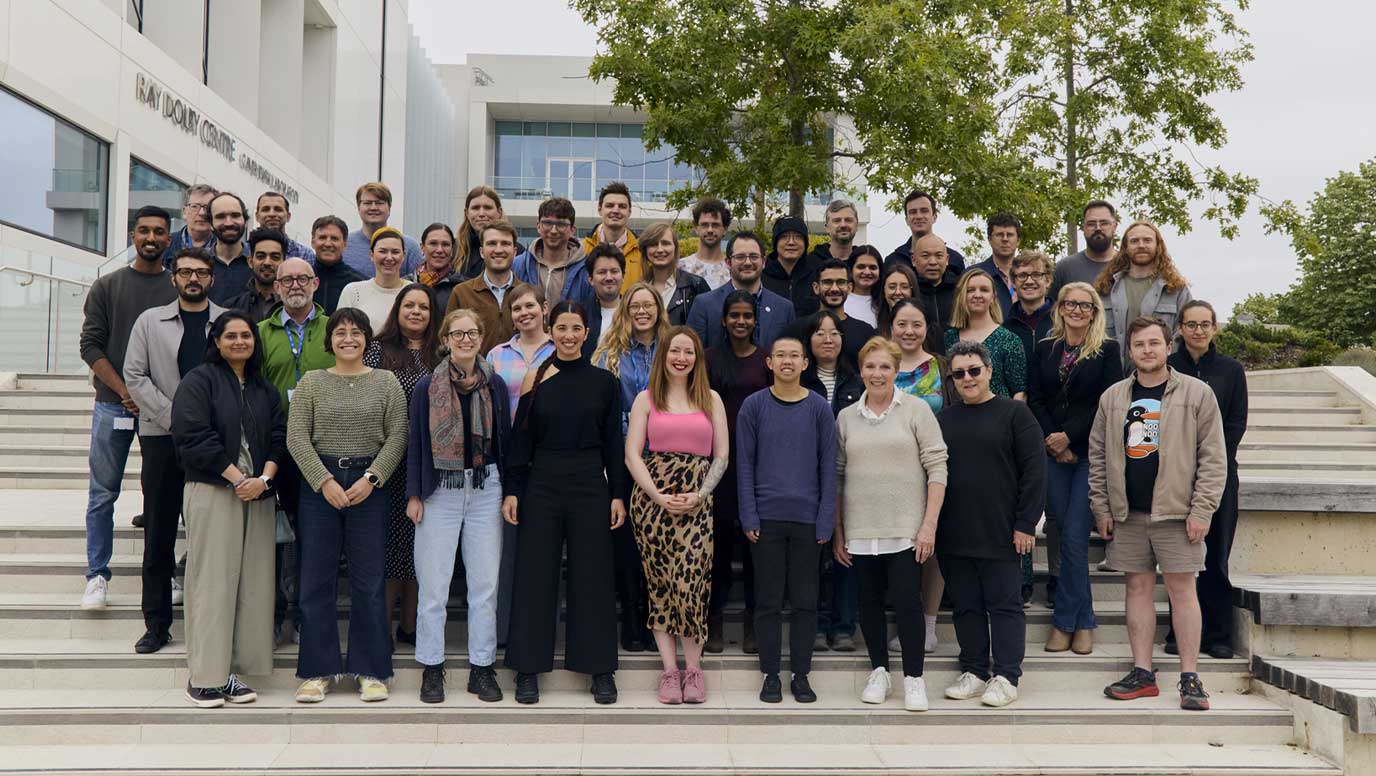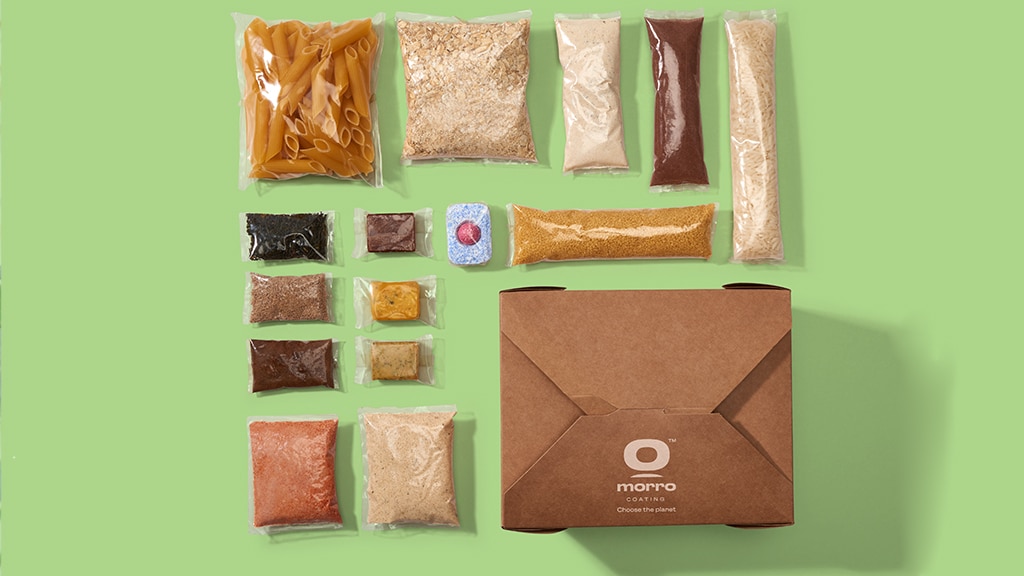News

Dogtooth Technologies is releasing its latest fleet of strawberry-harvesting robots
June 16, 2022

Dogtooth Technologies is preparing to release its latest fleet of strawberry-harvesting robots in the UK and Australia to ease growers’ labour woes
Dogtooth Technologies, a manufacturer of autonomous fruit-harvesting robots, has thrived in the last few years, despite the challenges presented by the global pandemic, according to CEO Duncan Robertson.
The company recently raised a £7 million Series A funding round and won a £1.1m Series A co-investment grant from UK Research & Innovation’s Transforming Food Production programme.
Dogtooth also dramatically increased the size of its fleet of strawberry-picking robots for 2022, and will use 70 of its third- and fourth-generation robots on farms in the UK and Australia as part of its picking-as-a-service business.
In addition, Dogtooth robots will commercially pick several hectares for a few large UK growers, including Hugh Lowe Farms, a member of the Berry Gardens cooperative. The company will also conduct week-long robotic picking pilots with many more customers around the UK, Robertson reveals. “It is exciting to see our business reach the final stages of its journey from technology to product,” he tells FPJ.
The promise of robotic automation is real, in Robertson’s view, but, as well as presenting an investor-focused big-picture vision, innovators need to address the practicalities of robotic automation at scale. “Automation brings new challenges and new opportunities, and we are working closely with our customers to navigate this landscape and achieve commercially meaningful outcomes,” he says.
One such challenge is to cope with the wide range of environments in which strawberries are produced. Dogtooth’s strawberry-picking robot is designed to support tabletop growing systems, but growers use a variety of table geometries and a mixture of glasshouse and polytunnel environments. “Dogtooth’s robots are unusual in that they support most existing infrastructure – even polytunnels built on sloping and uneven terrain, narrow crop rows, and height-restricted edge rows,” says Robertson. “This is key to robot use and therefore return on investment in robot capital.”
In addition, Dogtooth takes a holistic view of the efficacy of robotic picking, according to COO Edward Herbert. “Robots work well when crop conditions are favourable for picking. But growers should be more concerned about worst-case performance since this is what determines the peak harvest labour requirement,” he says.
“Dogtooth focuses on how to get the best results from robotic picking throughout the entire growing season, considering key drivers of efficiency such as protocols for husbandry and choice of variety.”
Inspection and packaging are other areas where Dogtooth’s team believes it has an opportunity to improve harvest quality. Dogtooth has patented the idea of using an on-robot inspection system to grade picked fruit.
This approach eliminates the significant cost of the retrospective inspection in the packhouse or elsewhere and avoids repeated handling of picked fruit.
Dogtooth’s robots typically work in teams of 6-12 under the control of a human operator. One of Dogtooth’s goals for the next 12 months is to bring to market their next-generation ‘Gen5’ robot, which has been designed to be operated by customers’ own personnel instead of Dogtooth’s.
“Our customers are already well equipped to recruit the people needed to operate robots on their farms and it doesn’t make sense for us to do this,” says Robertson.
“Instead, we are concentrating on making robots that are reliable, simple, and safe enough to be operated by anyone after a small amount of training. Dogtooth will also provide customers with the high-quality, long-term support required to make effective use of robotic automation within their businesses.”
Article is taken from FruitNet – Luisa Cheshire



